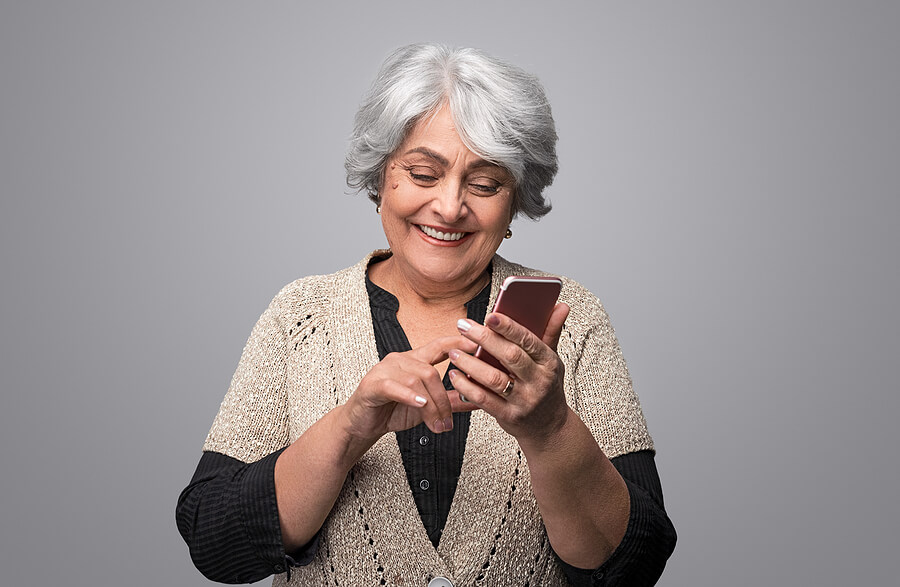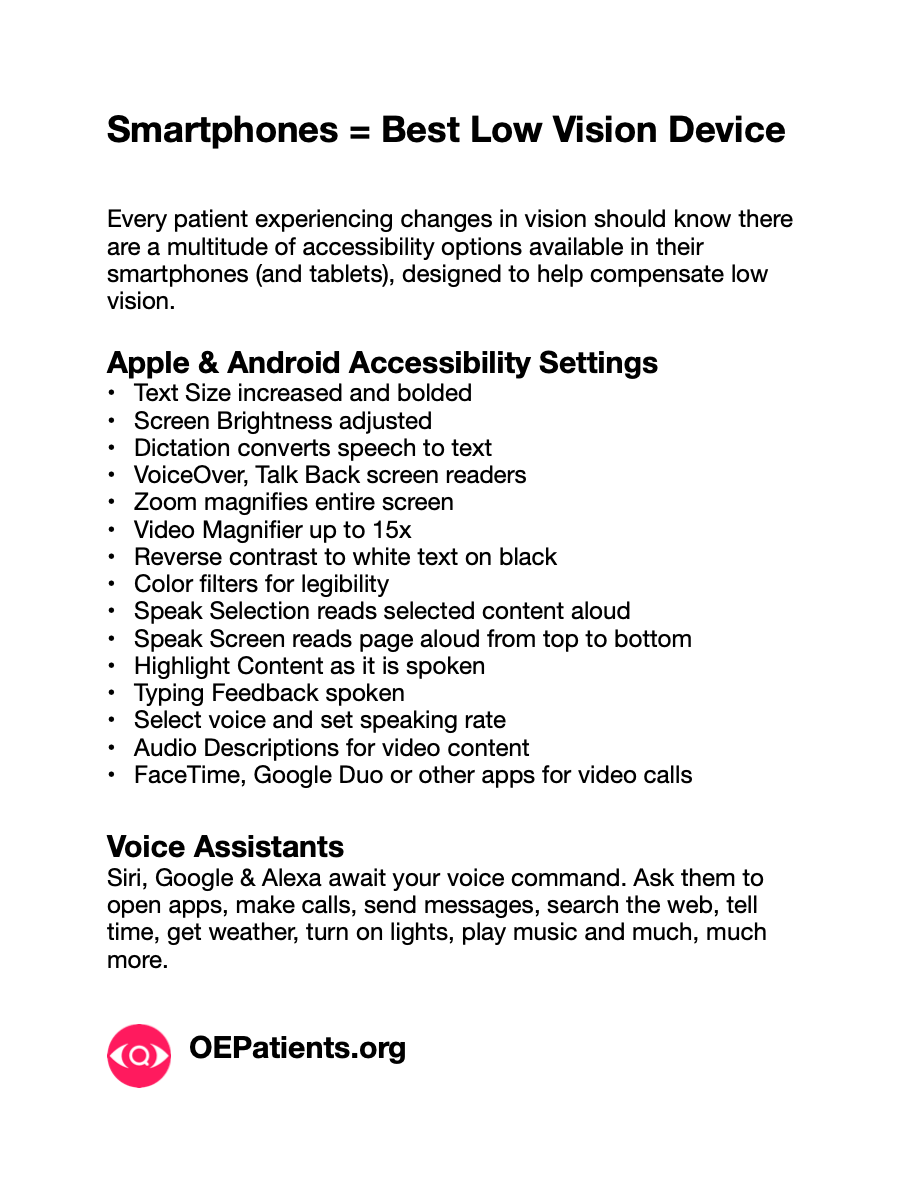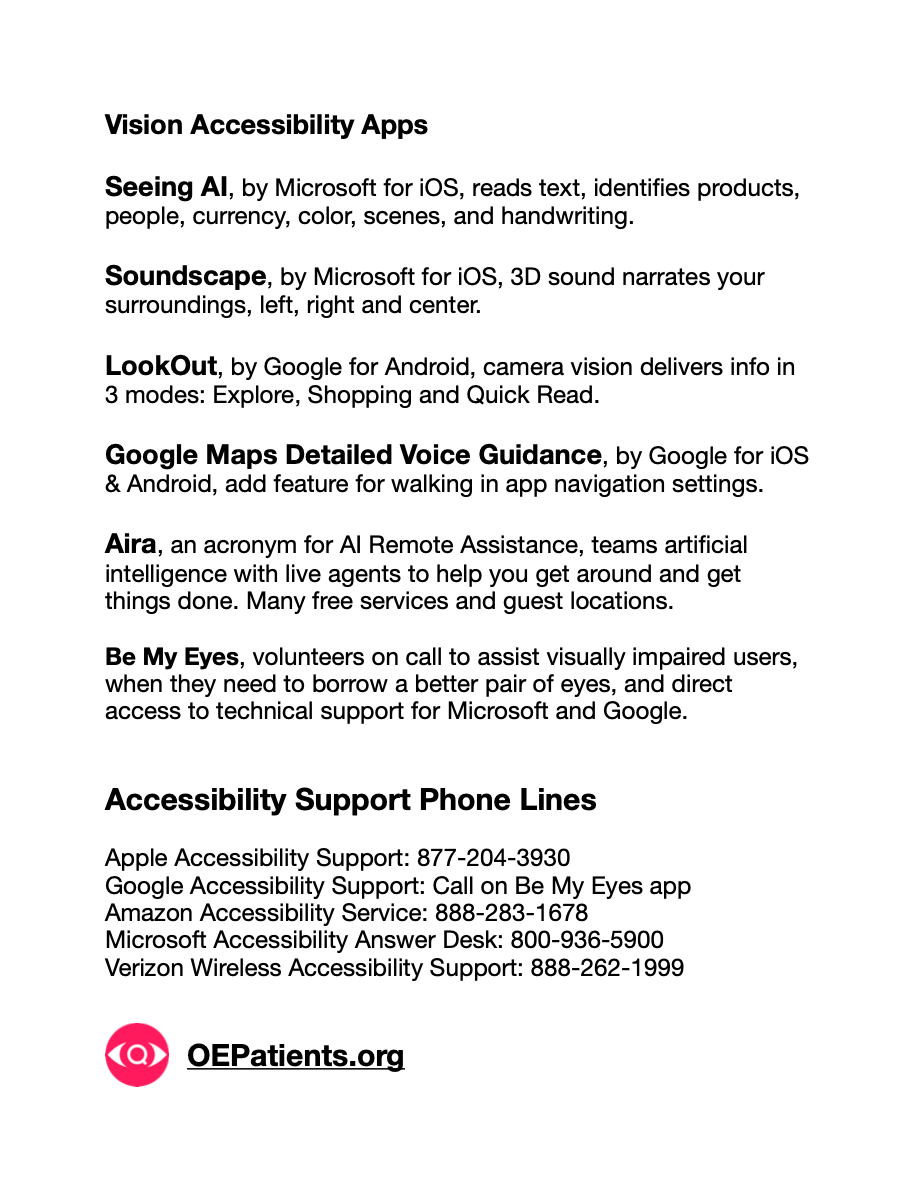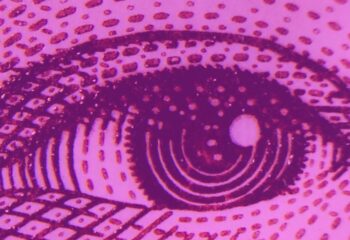Living with vision loss, like living in a pandemic, requires us to accept change and embrace technology. Digital access is no longer an option, it is a necessity. Every patient experiencing changes in vision should know there are a multitude of accessibility options, available in their smartphones (and tablets), designed to help compensate low vision.
Apple & Android offer similar accessibility options including:
- Text Size increased and bolded
- Screen Brightness adjusted
- Dictation converts speech to text
- VoiceOver, Talk Back screen readers
- Zoom magnifies entire screen
- video Magnifier up to 15x
- Improve color contrast
- Reverse contrast to white text on black
- Color filters for legibility
- Adjust intensity and brightness of colors
- Speak Selection reads selected content aloud
- Speak Screen reads page aloud from top to bottom
- Highlight Content as it is spoken
- Typing Feedback spoken
- Select voice and set speaking rate
- Audio Descriptions for video content
- FaceTime, Google Duo or other apps for video calls
Voice Assistants
Siri, Google & Alexa await your voice command. Ask them to open apps, make calls, send messages, search the web, tell time, get weather, turn on lights, play music and much, much more.
More on OE: Siri, Google & Alexa Podcast, Event Recap
Mobile Apps
Here are a few or the many special apps designed to help compensate visual loss.
- Seeing AI, by Microsoft for iOS, is an intelligent camera app that reads text, identifies products, people, currency, color, scenes, and handwriting.
- Soundscape, by Microsoft for iOS, a map with 3D sound provides background narration into your earbuds from the left, right and center, telling where you are, what’s around you and what’s ahead.
- LookOut, by Google for Android, camera vision delivers information in 3 modes: Explore describes your environment, Shopping reads product barcodes and currency, and Quick Read reads signs, labels and mail.
- Google Maps Detailed Voice Guidance, by Google for iOS & Android, added voice guidance feature in the apps navigation settings.
- Aira, an acronym for AI Remote Assistance, teams artificial intelligence with live agents to help people with vision loss get around and get things done. The subscriber model combines both free and fee-based service options.
- Be My Eyes, has 3 million volunteers signed up to assist 200 thousand visually impaired users, when they need to borrow a better pair of eyes, or directly speak with technical support or customer service at Microsoft, Google, and more.
Accessibility Support Phone Lines
Don’t go it alone, expert technical advice is a phone call away.
- Apple Accessibility Support: 877-204-3930
- Google Accessibility Support: Call on Be My Eyes app
- Alexa Technical Support: 877-375-9365
- Amazon Accessibility Service: 888-283-1678
- Microsoft Accessibility Answer Desk: 800-936-5900
- Verizon Wireless Accessibility Support: 888-262-1999
More on OE: Accessibility Support Phone Lines









